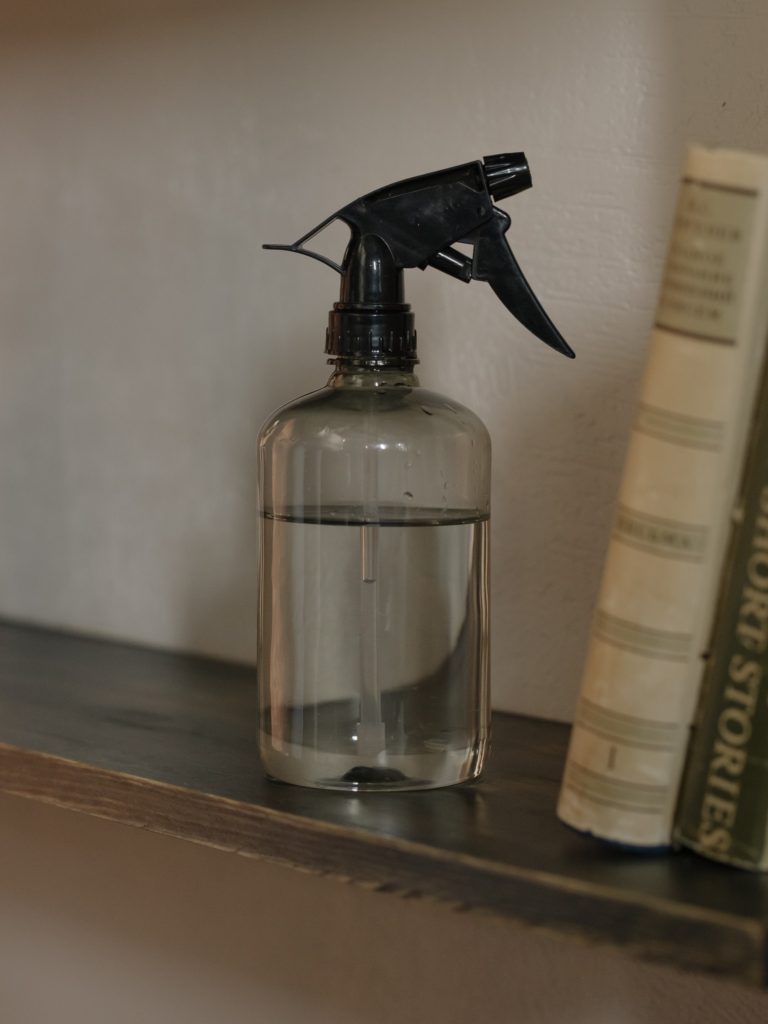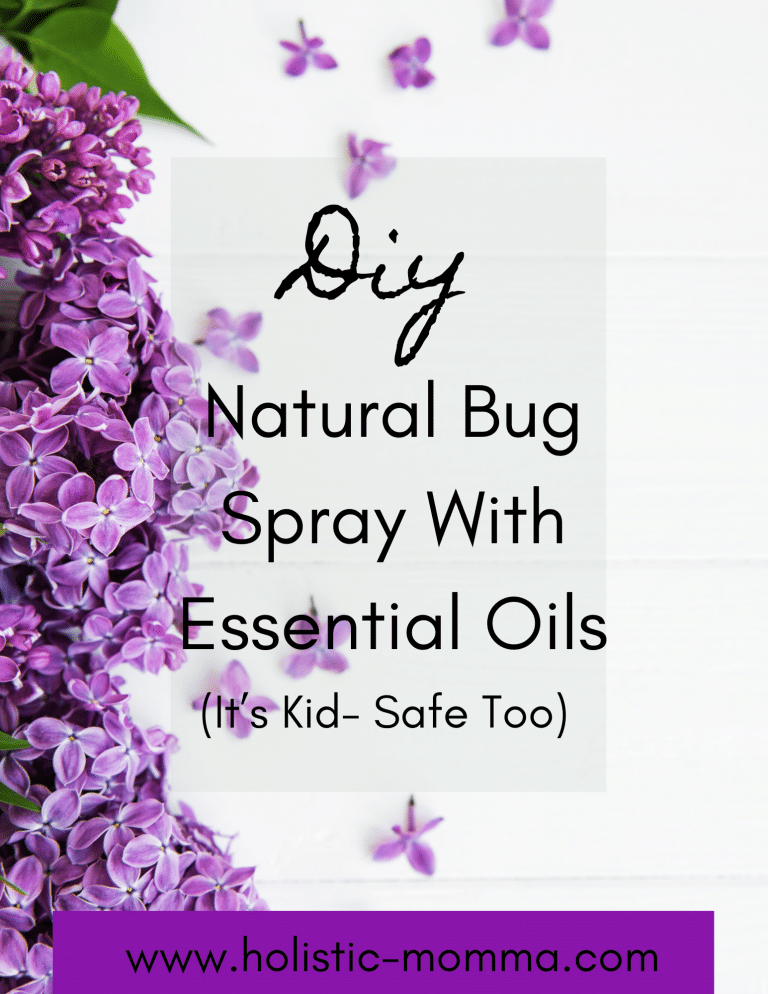Bug Repellent: The Best Tips for Staying Itch Free

Have you ever felt like you’re the only person covered in bug bites at the neighborhood barbeque? Chances are, you’re not being paranoid. Instead, it’s probably your body’s unique chemical makeup and scent that makes you more popular than a juicy slice of watermelon.
Everybody produces unique chemical signals, informed by genetics, immune system, and diet. Along with body temperature and carbon dioxide emission, these signals attract blood-thirsty insects such as mosquitoes, ticks, and other arthropods.
Short of modifying your genetic makeup, what can you do to repel bugs? Fortunately, many products and at-home remedies can help reduce the number of insects feasting on your flesh.
This article will cover the best plants, topicals, and clothing you can use as bug repellents for staying itch-free.
Table of Contents
Identify Which Bugs You Want to Repel
It might be tempting to invest in a fancy bug zapper or full-scale insecticide fogger, but remember that not all bugs are nasty. Some insects, such as bees and butterflies, provide essential pollination services. So unless you’re attacking arthropods out for blood, it’s best to let the insects be.
Consider which insects are bugging you, and then find a repellent specifically designed to deter that insect. Most topical bug repellents are geared to repel blood-seeking insects; they work on bugs that are looking to find a human host.
Only worried about mosquitoes? Check out our comprehensive guide to repelling mosquitoes.
Make Your Yard Unattractive to Bugs
Before you shield yourself in a plume of bug spray, consider making your outdoor space inhospitable to unwanted insects by following these suggestions.
Plant Pest-Repellent Herbs, Flowers, and Other Greenery
Want to repel pests while also beautifying your backyard? Good news! Herbs and flowers you plant in your garden can provide an attractive and fragrant defense against blood-suckers.
Here’s a quick introduction to some pest-repellent plants and what bugs they help repel:
- Mosquitoes: Lemongrass, Thyme, Lavender
- Ticks: Rosemary, Beautyberry, Marigold
- Spiders: Basil, Mint, Lemon Balm
- Flies: Petunias, Floss Flower, Nasturtiums
If you’re gardening on a budget or running out of dirt, don’t worry.
Most of these plants provide multilateral defense against the pests mentioned above. In addition, they’re likely to attract pollinators, which are essential to keep your garden thriving.
Ready to do some re-landscaping? Learn more about mosquito repellent plants here.
Remove Standing Water
Standing water attracts mosquitoes and provides an area for them to lay eggs. If you find standing water in a container, such as a plant dish, dispose of it. Afterward, wash the container with soap to kill any mosquito eggs.
Apply Liquid Barriers & Insecticides
Lawn insecticides applied to your entire backyard use chemicals such as permethrin to kill mosquitoes, ticks, fleas, ants, and more on contact. After the initial kill, lawn insecticides provide up to one month of bug-repelling powers.
Although spray insecticides work, be cautious about using bug repellent techniques that kill insects indiscriminately. Instead, try liquid barriers that use garlic-derived formulas to repel (rather than kill) insects so as to not disturb the lifecycles of an ecosystem.
Use Topical Bug Repellent
Applying bug repellent directly onto your skin is the most effective protection for individuals. However, regardless of the application method (spray, lotion, cream, wipe, or balm), the effectiveness of topical bug repellents comes down to the repellent’s active ingredient.
The Center for Disease Control (CDC) recommends using products that contain one of the following active ingredients registered by the Environmental Protection Agency (EPA).
DEET
First developed in 1946 for use by the U.S. Army, DEET has been available to the public since 1957. There’s a reason this ingredient has remained popular for over 60 years: it works.
In addition to its outstanding ability to repel mosquitoes, DEET also repels ticks, gnats, flies, and other insects.
IR3535
Don’t let the robotic series of letters and numbers scare you: this ingredient can offer up to 2 hours of protection from mosquitoes, ticks, and other insects.
In addition, IR3535 is colorless, odorless, and won’t cause skin irritation.
Nootkatone
The CDC recently discovered and developed Nootkatone for insect repellent and insecticides. Nootkatone is the natural organic compound responsible for producing the smell and taste of grapefruit.
If delightful aromatics aren’t reason enough to get excited, Nootkatone offers several hours of protection against mosquitoes, ticks, and other insects when used in bug repellents.
Oil of Lemon Eucalyptus
Derived from Australia’s lemon-scented gum tree, lemon eucalyptus (OLE) oil is EPA-registered. Meaning it has undergone tests validating its safety and efficacy. The CDC recommends using it against mosquitoes, ticks, and other arthropods.
Note: Despite very similar sounding names, Oil of Lemon Eucalyptus and Lemon Eucalyptus Oil is not the same thing.
Lemon Eucalyptus Oil comes from the leaves and twigs of the Lemon Eucalyptus tree. The EPA has not tested it. Therefore, the CDC doesn’t recommend it for use as a bug repellent.
Picaridin
If any ingredient comes close to offering the same level of defense as DEET, it’s Picaridin.
Along with DEET, the CDC recommends Picaridin as a very effective ingredient for repelling ticks, mosquitoes, gnats, biting flies, midges, and chiggers. Unlike DEET, Picaridin is odorless and doesn’t ever-so-slowly melt the plastic it’s contained in.
Picaridin mimics a compound found in pepper plants. Look for spray bug repellents containing around 20% Picaridin; these will provide better protection than lotions containing the same ingredient.
Tips for Selecting the Right Bug Repelling Ingredient
Higher concentrations of active ingredients produce a more extended protection period. Therefore, sustained-release or controlled-release formulations will typically provide longer protection times, even when they contain a lower concentration of the active ingredient.
Need some help? The EPA offers a free database of 630 mosquito and tick repellents containing at least one of the above active ingredients.
Wear Appropriate Clothing
Reduce the amount of skin available to bugs by wearing long sleeves, pants, and socks. Tuck your shirt into your pants, and tuck your pants into your socks. This outfit might not win you any fashion points, but it’s a cheap, effective barrier against the mouths of hungry insects.
Note: Loose-fitting clothing may be better for repelling insets. Some bugs, such as mosquitoes, can bite through tight-fitting clothing.
Consider wearing a head net to protect your face from bites and reduce the risk of getting spray repellent near your eyes. Or, take this look a step further and wear a full-body suit made out of breathable mesh.
You can also apply the protective properties of netting to your sleep area. For example, consider using a bed net if you’re sleeping somewhere exposed to the open air.
Safety Tips for Bug Repellents
Effective bug repellent provides vital protection from insect-borne diseases. But what about the risks associated with certain bug repellents? Read on to learn about all the buzz.
Sunscreen
The CDC does not recommend using pre-combined sunscreen/insect repellents.
Sunscreen can interfere with repellent effectiveness, so apply sunscreen first, followed by bug repellent. (Keep in mind that your sunscreen and your insect repellent might offer differing durations of protection.)
To Deet or Not to Deet
The American Academy of Pediatrics has determined that repellents using up to 30% DEET are safe for children two months old and older. Adults can use formulations with concentrations of DEET up to 100% without ill effect.
If you’re traveling to an area with a high risk of mosquito-borne disease, the CDC recommends using DEET and other regulated protections.
Protecting Babies from Bug Bites
Do not use OLE or PMD on children under the age of three. Also, never spray bug repellent directly onto your baby’s face. Instead, spray repellent on your hand first, then gently pat it on your baby’s face.
The CDC recommends dressing babies and children in clothing that fully covers their arms and legs. You can also use mosquito netting to cover baby strollers or playpens.
However, avoid bringing them outside during peak mosquito times (dusk and dawn) if you are very concerned about exposing your baby to mosquitoes.
The Essentials of Essential Oils
If you’re not sure about using chemical-based repellents, essential oils can offer some natural defense against mosquitoes when combined with a few other ingredients.
Fancy a little DIY? Use essential oils to create insect-repellent sprays and balms by following our simple recipe. So many of the smells that blood-thirsty insects hate are very pleasant to humans, from lavender oil to cinnamon oil.
However, keep in mind that neither the EPA nor the FDA regulates essential oils. The lack of regulation doesn’t necessarily mean essential oils are unsafe, just that they have not undergone testing for safety or efficacy.
Bug Bites: Now It’s Personal
Gone are the days when the citronella candle promised the most sophisticated line of bug defense. Nowadays, many high-tech mosquito traps claim to lure, catch, and kill mosquitoes by using a variety of questionable attractants: octanol air plumes, UV light, infrared light, movement, vibration, heat, pulsing LED light displays, and even vacuum power.
But before you throw your money at blinking lights and supposedly high-tech machines (up to $900 in some cases!), remember that the most effective ways to repel insects are also some of the simplest and cheapest.
Final Thoughts on Bug Repellants
Insect repellent impedes the insect’s ability to locate a host. So as you select a repellent, remember that applying repellent directly onto your skin is likely your best line of defense. And yes, despite its controversy, DEET remains the most effective active ingredient to repel mosquitoes, ticks, and biting arthropods.
Summary of Top Tips for Repelling Insects:
- Remove standing water & plant insect-repelling plants
- Apply a spray or lotion containing at least 30% DEET
- Reduce the amount of skin exposed to insect bites
Get spraying to stop scratching.
This post originally appeared on Savoteur.
Originally posted 2022-06-29 21:08:33.
Latest posts by Davin Eberhardt (see all)
- Bug Repellent: The Best Tips for Staying Itch Free - March 10, 2024

